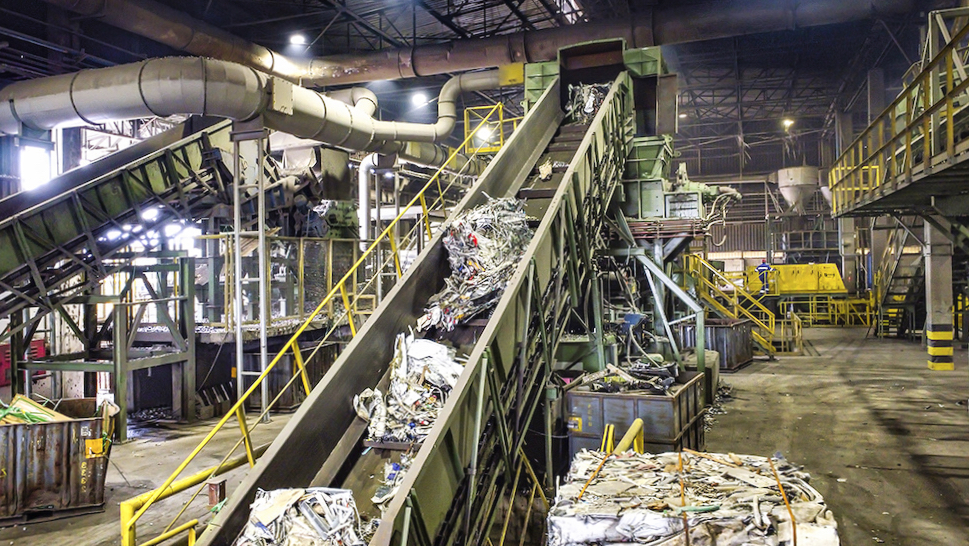Aluminium Recycling in Australia: A Review
Aluminium Recycling in Australia: A Review
Aluminium Recycling in Australia 2024 and beyond

Introduction
Australia’s recycling industry is at the forefront of sustainable waste management and environmental conservation. Aluminium recycling, in particular, plays a significant role due to the metal’s infinite recyclability and the substantial energy savings it offers over primary production. As suppliers of products and systems to the aluminium recycling industry in Australia, we provide insights into the current state of the industry, exploring its processes, benefits, challenges, and future prospects.
The Importance of Aluminium Recycling
Aluminium is a versatile metal extensively used across various sectors, including packaging, construction, transportation, and consumer goods. Recycling aluminium offers numerous environmental and economic benefits:
- Energy Conservation: Recycling aluminium saves up to 95% of the energy required for primary production from raw bauxite ore.
- Reduced Emissions: Lower energy consumption leads to significant reductions in greenhouse gas emissions.
- Resource Preservation: Recycling decreases the demand for bauxite mining, thus preserving natural landscapes and ecosystems.
Current State of Aluminium Recycling in Australia
Recycling Rates
As of 2023, Australia’s aluminium recycling rates demonstrate both achievements and areas for improvement:
- Aluminium Cans: Approximately 70% of aluminium beverage cans are recycled.
- Overall Aluminium Waste: When considering all aluminium products, the recycling rate is around 35%.
These statistics highlight the need to extend recycling efforts beyond cans to include other aluminium products like foil, automotive parts, and building materials.
Infrastructure and Capacity
Australia has developed a robust recycling infrastructure, supported by both industry and government initiatives:
- Processing Facilities: Major companies such as Alcoa, Rio Tinto, and Capral Aluminium operate advanced recycling plants equipped with cutting-edge technology for sorting and processing.
- Collection Systems: Nationwide curbside recycling programs and container deposit schemes facilitate the collection of aluminium waste from consumers and businesses.
As suppliers to this industry, we provide essential equipment and systems that enhance the efficiency and effectiveness of these facilities, contributing to the overall capacity and technological advancement of aluminium recycling in Australia.
The Aluminium Recycling Process
- Collection: Aluminium waste is gathered from various sources, including households, commercial entities, and industrial operations.
- Sorting: Material Recovery Facilities (MRFs) employ techniques like eddy current separation to sort aluminium from other recyclables.
- Shredding and Cleaning: The aluminium is shredded into smaller pieces and cleaned to remove contaminants such as paint, coatings, or adhesives.
- Melting: Clean aluminium scraps are melted in furnaces at approximately 750°C, a process significantly more energy-efficient than smelting new aluminium.
- Casting: The molten aluminium is cast into ingots or billets, ready to be used in manufacturing new products.
Our products and systems are integral at various stages of this process, particularly in sorting, shredding, and melting operations, where efficiency and precision are paramount.
Benefits of Aluminium Recycling
Environmental Benefits
- Energy Savings: Recycling one tonne of aluminium conserves about 14,000 kWh of energy.
- Emission Reduction: It prevents the emission of approximately 9 tonnes of CO₂ per tonne of aluminium recycled.
- Landfill Diversion: Recycling reduces the volume of waste sent to landfills, mitigating potential soil and groundwater contamination.
Economic Benefits
- Job Creation: The aluminium recycling industry supports thousands of jobs across collection, processing, and manufacturing sectors.
- Cost Savings: Manufacturers benefit from lower material costs compared to using virgin aluminium, enhancing competitiveness.
- Industry Growth: The demand for recycled aluminium drives innovation and investment in recycling technologies and infrastructure.
By supplying advanced equipment and systems, we play a role in amplifying these benefits, enabling the industry to operate more sustainably and economically.
Challenges Facing the Industry
Contamination
- Mixed Materials: Contaminants such as plastics, glass, and food residues complicate the recycling process, affecting the quality of the recycled aluminium.
- Quality Control: Maintaining high-quality recycled aluminium requires stringent sorting and cleaning protocols.
Our advanced sorting and processing systems are designed to address these challenges by improving the accuracy of material separation and reducing contamination levels.
Public Awareness and Participation
- Consumer Behavior: Inconsistent recycling habits and a lack of knowledge about recyclable materials hinder collection rates.
- Education Campaigns: Ongoing public education is essential to promote proper recycling practices and increase participation rates.
Technological Limitations
- Complex Alloys: Advanced alloys and composite materials present challenges for standard recycling processes.
- Investment Needs: Upgrading facilities with the latest technology requires significant capital investment.
By providing innovative solutions and supporting technological advancements, we assist recycling facilities in overcoming these limitations, ensuring they can process a wider range of materials more efficiently.
Government Initiatives and Policies
National Waste Policy Action Plan 2019
The Australian government has established ambitious targets to enhance waste management:
- Waste Reduction: Aiming to reduce total waste generation by 10% per person by 2030.
- Resource Recovery: Striving for an 80% average resource recovery rate from all waste streams by 2030.
Container Deposit Schemes (CDS)
- Incentivized Recycling: Consumers receive a refund (typically 10 cents) for returning eligible beverage containers, including aluminium cans.
- State Implementation: CDS programs are operational in states like New South Wales, Queensland, Western Australia, and South Australia.
These policies not only encourage recycling but also stimulate the industry’s growth, creating opportunities for suppliers like us to support the expanding infrastructure needs.
Innovations and Future Prospects
Technological Advancements
- Automation and AI: The adoption of automated sorting systems utilizing artificial intelligence enhances efficiency and material purity.
- Advanced Recycling Techniques: Research into low-temperature melting and chemical recycling methods is underway to handle complex aluminium alloys more effectively.
Our commitment to innovation ensures that we offer the latest technologies to recycling facilities, keeping them at the cutting edge of efficiency and environmental performance.
Circular Economy Approach
- Design for Recycling: Encouraging manufacturers to design products that are easier to recycle at the end of their life cycle.
- Extended Producer Responsibility (EPR): Policies that hold producers accountable for the entire lifecycle of their products, promoting sustainable practices.
Industry Collaboration
- Partnerships: Collaboration between government entities, industry players, and community organizations is crucial for enhancing recycling rates and developing innovative solutions.
- Investment in R&D: Increased funding for research and development is essential to improve recycling technologies and processes.
We actively participate in industry collaborations and invest in research and development to contribute to the industry’s sustainable future.
Conclusion
Aluminium recycling in Australia is a vital component of the nation’s sustainability efforts and environmental stewardship. While significant progress has been made, especially in recycling aluminium cans, there remains substantial potential to expand these efforts to other aluminium products. By addressing current challenges through technological innovation, policy support, and industry collaboration, Australia can enhance its recycling performance, benefiting both the environment and the economy.
As suppliers to the aluminium recycling industry, we are dedicated to supporting these advancements by providing state-of-the-art products and systems that improve efficiency, reduce environmental impact, and contribute to the industry’s overall growth.
References
- Australian Aluminium Council. (2023). Industry Data and Resources. Retrieved from www.aluminium.org.au
- Australian Bureau of Statistics. (2022). Waste Account, Australia. Retrieved from www.abs.gov.au
- Department of Agriculture, Water and the Environment. (2021). National Waste Policy Action Plan. Retrieved from www.environment.gov.au
- Container Deposit Schemes. (2023). State Government Resources. Various state government websites


